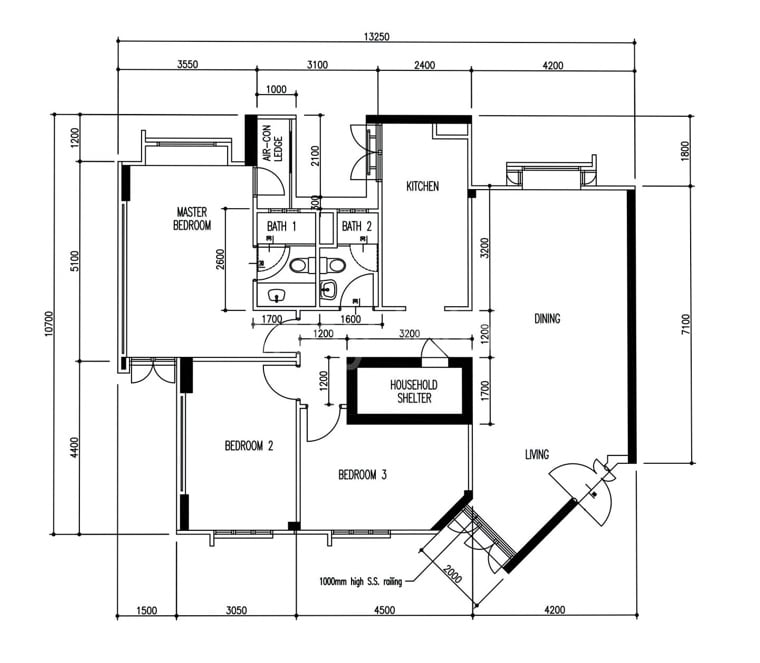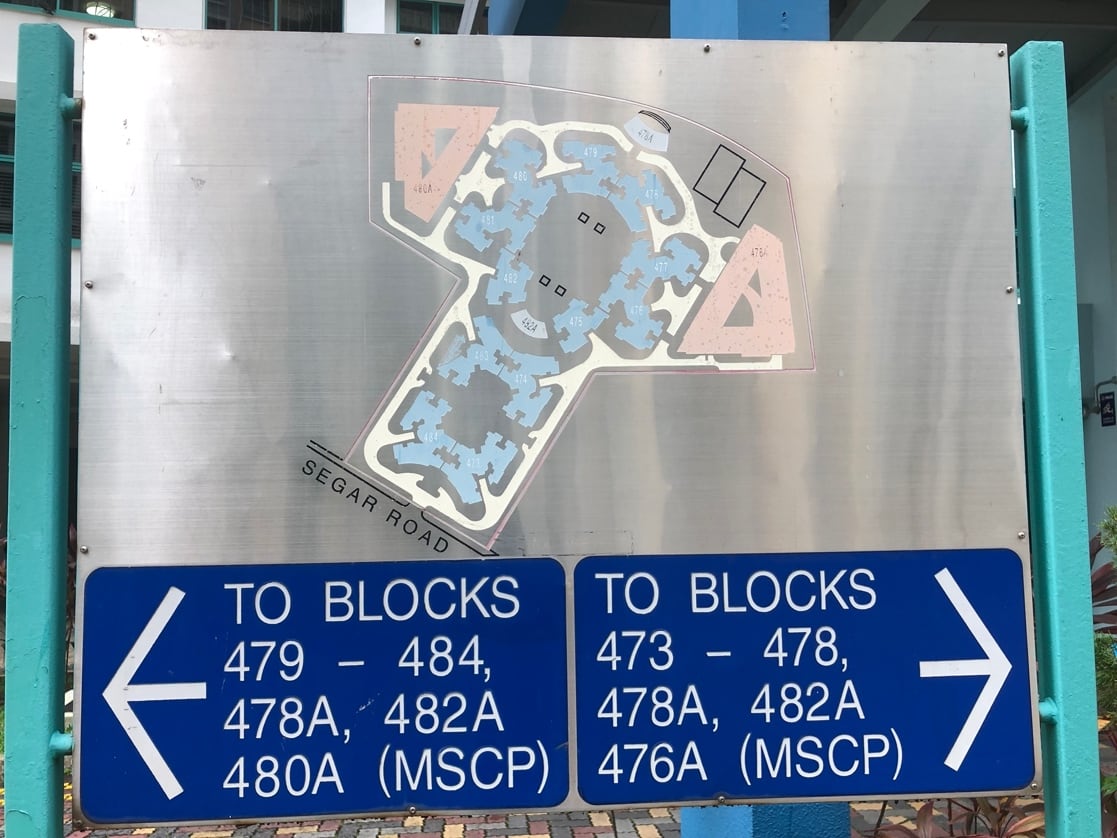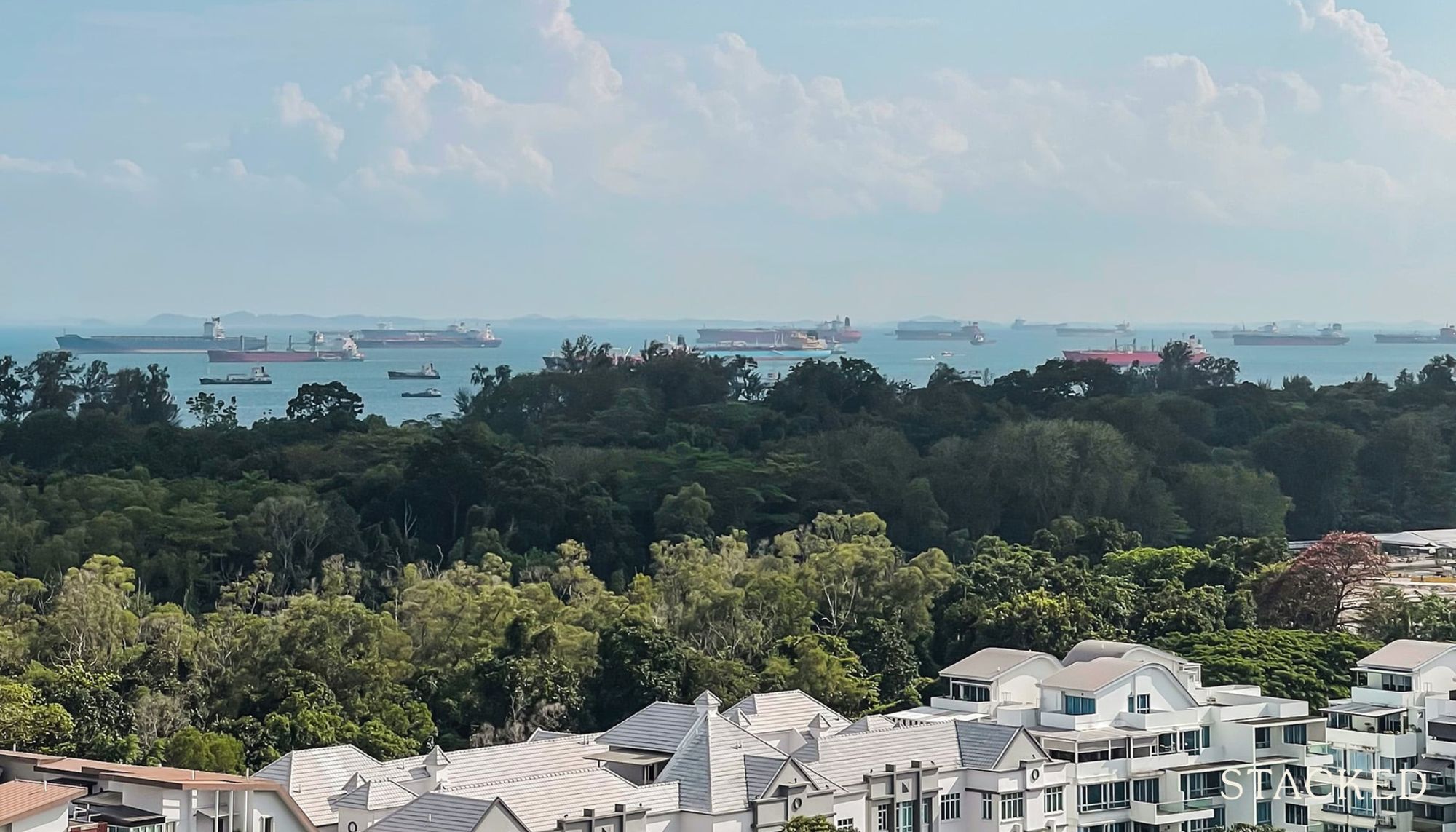5 Special HDB Flats With Unique Layouts (And Where To Find Them)

Get The Property Insights Serious Buyers Read First: Join 50,000+ readers who rely on our weekly breakdowns of Singapore’s property market.
A seasoned content strategist with over 17 years in the real estate and financial journalism sectors, Ryan has built a reputation for transforming complex industry jargon into accessible knowledge. With a track record of writing and editing for leading financial platforms and publications, Ryan's expertise has been recognised across various media outlets. His role as a former content editor for 99.co and a co-host for CNA 938's Open House programme underscores his commitment to providing valuable insights into the property market.
Singapore’s approach to public housing is different from many other countries, and we’re not just referring to its policies. Although it may seem that every HDB block looks the same, our HDB projects are not as “cookie-cutter” as you’d expect from mass-housing projects; and many blocks exhibit unique quirks you won’t find elsewhere. Here are some of the more unusual HDB features we’ve found around Singapore:
1. 5-room flats that have been divided into smaller flats
Most people have heard of jumbo flats, which are two flats joined into a single unit. But did you know the reverse has also been done?
This happened during a period in the early 2000s when Singapore saw an oversupply of 5-room flats. In fact, this was when the Built To Order or BTO scheme was devised, to prevent a similar oversupply in future (although today in 2022, some home buyers might argue that the scheme was a little too successful in reducing supply…)
HDB needed a way to move all the extra 5-room flats, so the decision was made to split them into pairs of smaller flats.
Here’s an example found in Blocks 986A to 990A, Jurong West Street 93:

Original layout:
5 room flat, 110sqm

2-Room layout:

On level 2-22, we see that a 5-room flat has been split into a studio flat and a 3-room flat.
Here’s another example found in blocks 89,90, and 91 in Tanglin Halt (these have since gone under the SERS scheme):

3-room, 60sqm

Level 23-37, 5-room at 110sqm

2. The Clover @ Kebun Bahru are the only circular HDB flats

Consists of 5-room flats at 135 Sqm (a bit bigger than the usual 5-room flat, even in its day).
The Clover @ Kebun Bahru (Block 259 Ang Mo Kio Avenue 2) are the first and only time HDB ever built circular flats. It consists of 96 units, all 5-room flats, arranged with four units per floor; there are 25 floors in total.
Due to the unusual architecture, bedrooms in every unit face the north or south, while living rooms and kitchens face the east or west. This helps the flats to stay cool throughout the day.
When it was completed in 1981, the flats at Clover were considered unusually expensive (the launch price was upward of $110,000, which according to the MAS Inflation Calculator would only be upward of $210,600 today – so we don’t know why they were complaining so much )
Most of the first residents were resettled Singaporeans, from Hougang, Potong Pasir, and Kampung San Theng. Reviews were generally mixed, with some feeling it was impractical – there were higher costs incurred in the renovation, as more customisation was needed to accommodate the curved walls. Most interior designers and renovation companies haven’t dealt with circular interiors (either back then or today), so this can still be a bit of a challenge.
Nonetheless, this is one of the most sought-after resale projects today; thanks to its uniqueness and – you guessed it – unit size.
Clover is the result of HDB constantly introducing change. In the 1970s, HDB sought to break up the monotonous nature of public housing architecture and to make each new town look a bit different. They launched a contest for new architectural ideas, of which Clover was one of the winners.
More from Stacked
Units Of The Week Issue #40
District 12 has always been a bit of an oddball because of the way that the highway (PIE) clearly segregates…
Clover may have influenced some of the flats along Aljunied and Zion Road.
3. Flats with cantilevered design features
At some point, someone decided that buildings protruding out from their base or “hanging” in mid-air were a cool thing (partly due to technological advances that made these possible and practical).



We suppose HDB got caught up in the magic of it too, at some point. Here are some “hanging” units with unique layouts, at blocks 473 to 484 Segar Road
Level 2-7 consist of 5-room flats, 112sqm


Level 10-16 consists of Executive Apartments, 128sqm
Note that the master bedroom is on an overhang.
4. Landed HDB homes
There are, in fact, landed HDB properties. One of these made the news last year when it sold for a record $1.258 million.
These terraced units are found in Queenstown (84 units) and Whampoa (around 200 units). They weren’t technically built by HDB – they were built by HDB’s predecessor, the Singapore Improvement Trust (SIT). These homes were completed way back in the 1950’s, and HDB “inherited” them from SIT when it took over in the ‘60s.
Here’s what the layout of the units looks like:

There is one drawback though: the terrace houses are right up against the road, so you don’t really have a driveway to park in. The ones at Whampoa, for example, share a common HDB-run parking space (but some units are further from the carpark than others).
In Pasir Ris, there’s an especially interesting unit that comes with sky terraces. Have a look at the layout:
The living room, dining room, and kitchen are on the first floor and feature a service balcony and open terrace. One bedroom is also on the first floor, and there’s a small storage space under the stairs.
The second floor has two bedrooms and two toilets, although the layout is flexible enough to convert the open space into another bedroom (or a nice and airy study, TV room, or play area).
Bonus: Flats with bubble lifts

Okay, so this doesn’t affect the layout of your unit at all – but you may find it interesting to live in a block with bubble lifts. These allow you to see outside the development as they go up and down, and provide a great view (or a massive panic attack, if you have a fear of heights – face the doors!)
The most recent of these were installed at Block 46 Owen Road at Farrer Park, back in 2009. But there are examples of these in Little India, Jurong West, and Aljunied as well.
For more interesting HDB flat news, as well as insights on homeownership in Singapore, follow us on Stacked Homes. We’ll provide you with the latest news and updates as they come.
At Stacked, we like to look beyond the headlines and surface-level numbers, and focus on how things play out in the real world.
If you’d like to discuss how this applies to your own circumstances, you can reach out for a one-to-one consultation here.
And if you simply have a question or want to share a thought, feel free to write to us at stories@stackedhomes.com — we read every message.
Ryan J. Ong
A seasoned content strategist with over 17 years in the real estate and financial journalism sectors, Ryan has built a reputation for transforming complex industry jargon into accessible knowledge. With a track record of writing and editing for leading financial platforms and publications, Ryan's expertise has been recognised across various media outlets. His role as a former content editor for 99.co and a co-host for CNA 938's Open House programme underscores his commitment to providing valuable insights into the property market.Read next from Property Picks

Property Picks Where to Find Singapore’s Oldest HDB Flats (And What They Cost In 2025)

Property Picks Where To Find The Cheapest 2 Bedroom Resale Units In Central Singapore (From $1.2m)

Property Picks 19 Cheaper New Launch Condos Priced At $1.5m Or Less. Here’s Where To Look

Property Picks Here’s Where You Can Find The Biggest Two-Bedder Condos Under $1.8 Million In 2025
Latest Posts

Property Market Commentary How To Decide Between A High Or Low Floor Condo Unit — And Why Most Buyers Get It Wrong

Overseas Property Investing What A $6.99 Cup of Matcha Tells Us About Liveability in Singapore

Singapore Property News This 4-Room HDB Just Crossed $1.3M — Outside the Usual Prime Hotspots

On The Market Here Are 5 Rare Newly-Renovated HDB Flats Near MRT Stations You Can Still Buy In 2026

Pro Why This 24-Year-Old Condo Outperformed Its Newer Neighbours In Singapore

Singapore Property News More BTO Flats Are Coming In 2026 And Why This Could Change The HDB Market

Editor's Pick We’re In Our 50s And Own An Ageing Leasehold Condo And HDB Flat: Is Keeping Both A Mistake?

Pro How A 625-Unit Heartland Condo Launched In 2006 Became One Of 2025’s Top Performers

Property Investment Insights Does Buying A One-Bedroom Condo Still Make Sense As An Investment In 2026

Property Market Commentary Why This Once-Ulu Town In Singapore Is Going To Change (In A Big Way)

Editor's Pick This HDB Just Crossed $1.3M For The First Time — In An Unexpected Area

Singapore Property News “I Never Thought I’d Be Sued by a Tenant.” What Long-Time Landlords in Singapore Miss

Editor's Pick I Lived In Bayshore When It Was ‘Ulu’. Here’s How Much It Has Changed

Editor's Pick HDB Resale Prices Finally Slowed in 2025 — Will It Continue in 2026?

Singapore Property News Breaking News: District 23 Condo Sells Out In Under Two Years At $2,120 Psf Average




